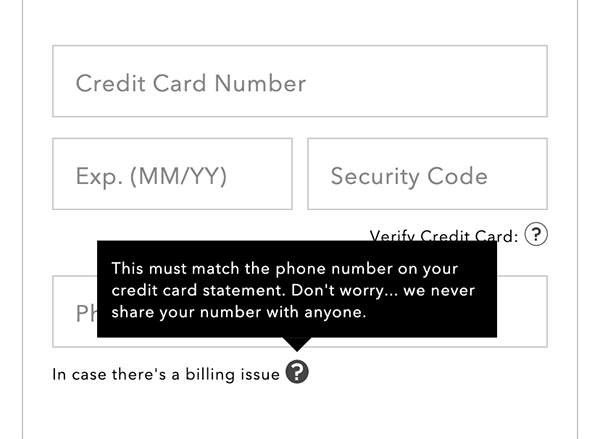Member-only story
Memory: either work with it, or it will destroy your design
Understand how customers use their memory to operate tools
People easily forget. Users easily forget.
That’s a statement we can’t go against. It’s a fact.
As a designer, we need to create tools considering humans limitation to support the nature of cognition. Cognition drives user behavior. Memory is one of the processes included in it.
Memory and attention walk together. The attention permits the person to focus on something that will be consequently processed by memory.
We can work considering 3 basic types of memory: sensory memory, short-term memory, and long-term memory.
A shopping experience

Picture a woman entering a physical clothing store. While she enters, a fragrance is inhaled in milliseconds. Her sensory memory is in action. The stimuli don’t require any conscious attention. Forward, she relates it to a comfortable and pleasant place because of the information she has stored previously.
Exploring the store, she will see products interesting for her. The price is a decisive factor to buy. So she picks up the selected clothes, put together and check each label to compare the price. Her short-term memory is supported at this moment because she can see the prices together instead of needing to keep each information in her mind having problems remembering each one to compare. Without the price tags, needing to answer the price of each product, it would be much more complex.
After selecting the cheaper piece, she goes towards the store cashier but in the middle of the way, she sees a dress so similar to what her lovely grandmother used to wear. A memory of her childhood comes up and in an emotional act, she changes her mind and decides to buy the dress. The long-term memory activated gave her meaning in the shop process, making her opt for the emotional value instead of the price.
These memory types are related among them in different ways and situations. Below, I quickly explain more about each one followed by examples:






